Introduction
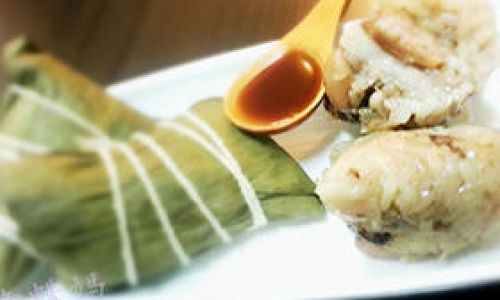
In the vast tapestry of culinary traditions worldwide, few dishes encapsulate the essence of a culture’s heritage and festive spirit as vividly as the glutinous rice meat dumpling, commonly known as the “zongzi” in Chinese. This timeless delicacy, wrapped meticulously in bamboo leaves and tied with string, is not merely a food item; it is a symbol of unity, respect, and the deep-rooted traditions of Chinese festivals, particularly during the Dragon Boat Festival. While the origins of zongzi are steeped in legend and history, their preparation has evolved over time, incorporating various regional flavors and ingredients. Among the myriad varieties, the meat zongzi, with its savory blend of pork or other meats, fragrant glutinous rice, and an array of spices, stands out as a culinary masterpiece. This article embarks on a journey to explore the art of making meat zongzi, delving into the choice of ingredients, preparation techniques, and the subtle nuances that elevate this dish from an everyday meal to a culinary experience.
The Ingredients: A Symphony of Flavors
At the heart of every delicious meat zongzi lies a meticulous selection of ingredients. The star of the show, glutinous rice, is a variety of rice with a high starch content that gives it a sticky, chewy texture when cooked. This unique property is crucial for binding the filling and creating the cohesive structure of the dumpling. The rice is often soaked overnight to soften it and ensure even cooking.
For the meat filling, pork belly is a traditional choice due to its fatty marbling that melts during cooking, adding a rich, moist flavor to the dumpling. However, modern recipes have embraced other meats such as chicken, beef, and even lamb, catering to diverse palates. The meat is seasoned with a blend of soy sauce, Shaoxing wine, five-spice powder, garlic, ginger, and white pepper, creating a harmonious balance of savory, sweet, and aromatic notes.
Bamboo leaves serve as the wrapper, imparting a subtle, earthy flavor to the dumplings while also providing a natural, biodegradable packaging. Fresh leaves are preferred for their fragrance and flexibility, but dried leaves, which require soaking before use, are also commonly available.
Other optional ingredients might include salted duck egg yolks, mushrooms, lotus seeds, or dried shrimp, each adding layers of complexity and depth to the final dish.
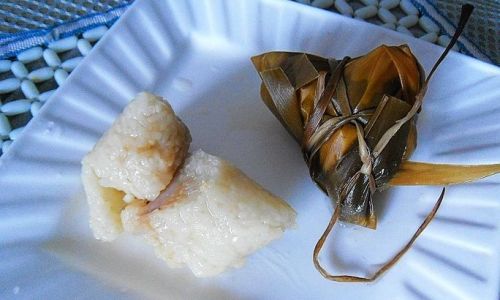
Preparation Techniques: Crafting Perfection
The journey of making meat zongzi begins with the preparation of the glutinous rice. After soaking, the rice is drained and mixed with a portion of the seasoning marinade used for the meat. This not only flavors the rice but also ensures that each grain absorbs the essence of the spices, creating a cohesive flavor profile throughout the dumpling.
Next, the meat is marinated. The marinade, a blend of soy sauce, Shaoxing wine, spices, and aromatics, is applied generously to the meat pieces, which are then left to sit for several hours or overnight, allowing the flavors to penetrate deeply. This step is crucial for achieving a tender, flavorful filling that melts in the mouth.
Once the ingredients are ready, it’s time to assemble the zongzi. Bamboo leaves are first boiled or soaked to soften them and make them pliable. They are then laid flat, with the wider end facing towards you, and a small amount of rice is spooned onto the center. A piece of marinated meat, along with any additional fillings like egg yolks or mushrooms, is placed atop the rice. More rice is added to cover the filling, creating a small mound.
The art of folding the bamboo leaves around the filling requires practice and patience. The leaves are folded over the rice, tucked under, and secured with string or bamboo strips. The tight wrapping ensures that the dumplings hold their shape during cooking and prevents the rice from leaking out.
Cooking the Zongzi: A Slow Dance of Heat and Time
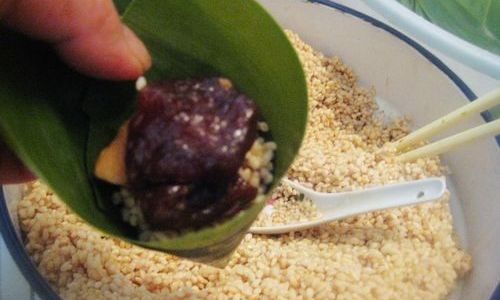
Cooking zongzi is a process that demands patience and attention to detail. The traditional method involves boiling the wrapped dumplings in a large pot of water over low to medium heat for several hours. The slow cooking process allows the flavors to meld together, the rice to become tender and sticky, and the meat to achieve a fall-apart texture.
Alternatively, steaming the zongzi in a bamboo steamer or on a rack over boiling water is another popular method. This approach requires less water but still necessitates a lengthy cooking time to ensure thorough cooking.
Once cooked, the zongzi are removed from the heat and allowed to cool slightly before being served. The cooling process helps the rice firm up, making it easier to handle and slice.
Serving and Enjoying: A Culinary Celebration
Serving meat zongzi is as much about presentation as it is about taste. The dumplings are often served warm, accompanied by a dipping sauce made from soy sauce, vinegar, sesame oil, and a touch of sugar or honey. This sauce enhances the flavors of the zongzi, providing a tangy, savory contrast to the rich, sticky rice and tender meat.
Eating a zongzi is an experience in itself. The outer layer of bamboo leaves is gently peeled away, revealing the perfectly formed dumpling. A slice through the center reveals the colorful layers of rice, meat, and any additional fillings. Each bite is a harmonious blend of textures and flavors, a testament to the care and skill that went into its making.

Conclusion: A Culinary Journey Through Tradition
Making meat zongzi is not merely a cooking task; it is a journey through time, culture, and flavor. Each step, from selecting the ingredients to the final presentation, is steeped in tradition and imbued with the spirit of the Dragon Boat Festival. The result is a dish that is as much a celebration of life and unity as it is a culinary delight. As you embark on your own culinary journey to create these timeless dumplings, remember that the key to perfection lies in the balance of flavors, the patience of cooking, and the respect for the tradition that has kept this dish alive for generations.
In the end, whether you are a seasoned chef or a novice cook, the art of making meat zongzi offers a unique opportunity to connect with your cultural heritage, explore new flavors, and create memories that will last a lifetime. So, gather your ingredients, roll up your sleeves, and embark on this culinary adventure—one that promises not only a feast for the senses but also a deeper understanding of the rich tapestry of Chinese culinary traditions.
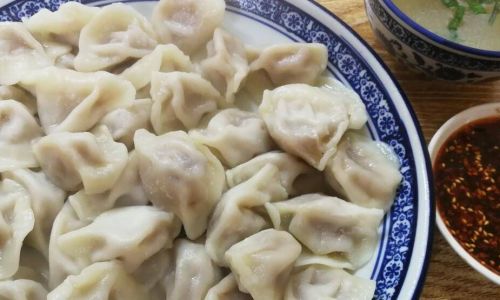
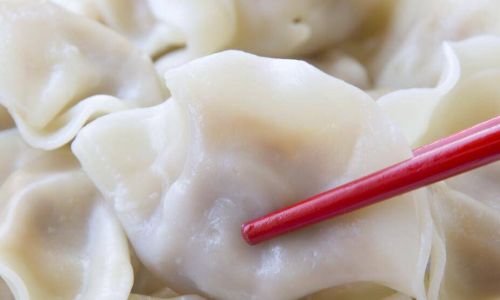
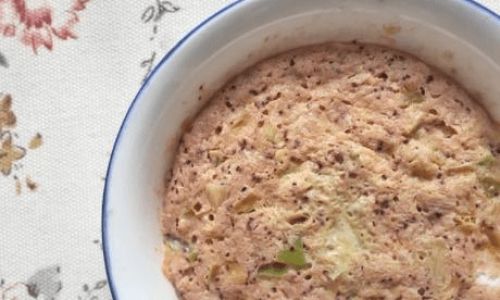
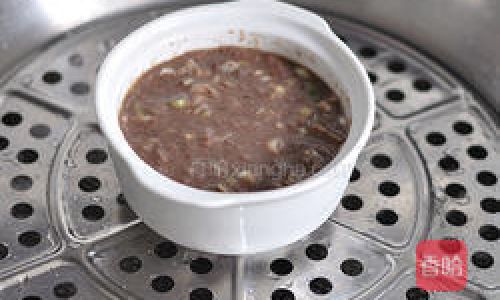

0 comments